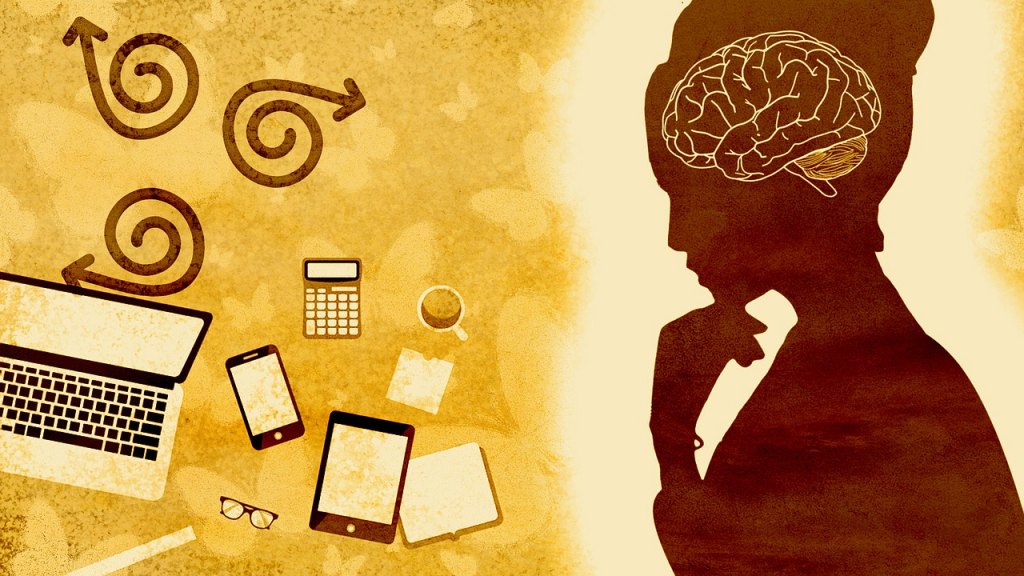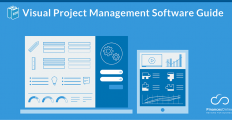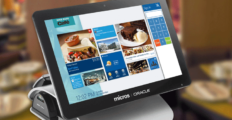
Source: pixabay
Research and consulting firm Fact.MR has published a report on the patient engagement solutions market, showing that the market could exceed $29 billion in 2022 and reach $66.4 billion by the end of 2032. The market will grow at a CAGR of 8.6% from 2022 to 2032.
Advancements in technology, positive results in using patient engagement solutions, and the pandemic are key drivers of growth. In technology, artificial intelligence is leading various applications in healthcare. For example, natural language processing (NLP) uses deep learning and speech recognition to analyze unstructured clinical notes on patients. Machine learning, on the other hand, is highly valuable in precision medicine. Precision medicine involves finding out the treatment framework that will have the highest success rate for a patient.
The report also cited the positive results healthcare providers and patients are getting from patient engagement solutions. The major benefits are seen in effectively managing patients within hospitals and healthcare facilities. Digital tools accessed online make patient-doctor communication more efficient. Some hospitals also have systems where patients have direct access to doctors during emergencies. This eliminates the need to wait in line and facilitates the faster delivery of medical services.
The COVID-19 pandemic also provided unprecedented opportunities for patient engagement solutions. To minimize the risk of contracting the virus, hospitals and clinics had to shift to online patient communication. They implemented software solutions such as telemedicine, medical practice management software (PMS), and virtual monitoring apps to deliver patient care services.
SaaS Solutions in Monitoring Personal Health
SaaS applications provide a wide range of solutions for patient care services. In fact, SaaS is dominating the cloud computing workload, especially in the healthcare industry. Industry analysts expect the demand for SaaS in healthcare to continue. They project the healthcare software-as-a-service market to reach $152 billion by 2028.
Aside from commonly used solutions like electronic health record systems (EHRs), patient tracking software is also on the rise. The report found that the rise of chronic diseases is encouraging people to use software to track their health. Many SaaS vendors have their apps installed on wearable devices. Wearables include features such as blood oxygen sensors, ECG, and electrical heart sensors. Patients can share their health data generated via health monitoring apps with their health or fitness coach and physicians.
Mental Health Is Also Important
People are not only interested in physical health. They also acknowledge the importance of mental health. This outlook has increased the popularity of SaaS apps dedicated to managing mental health. In the report, for instance, mindfulness apps were mentioned as a segment that contributes to the growth of the patient engagement solutions market. Other examples of mental health apps include meditation apps, apps to help quit addictions, apps for better sleep, and apps for suicide awareness.
SaaS vendors could target more opportunities for their healthcare and patient engagement apps by looking into a health tracking software and mental health apps. Where could these opportunities lie? Based on the report, the Japanese market will have the fastest growth at a CAGR of 14.6% during the forecast period. In the Asian region, other major countries for this market include China, India, and Australia.
Meanwhile, the United States will lead market growth in North America and will reach 18.8 billion by 2032. Brazil is also a major market in South and Latin America. The report explains that a growing elderly population and an increasing number of patients with chronic diseases are driving the demand for patient engagement solutions in all the countries mentioned.






















Leave a comment!